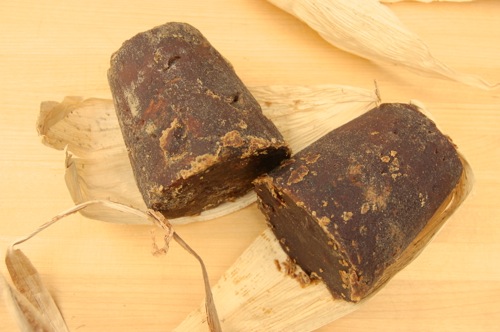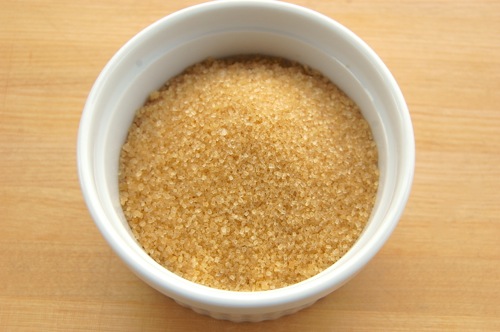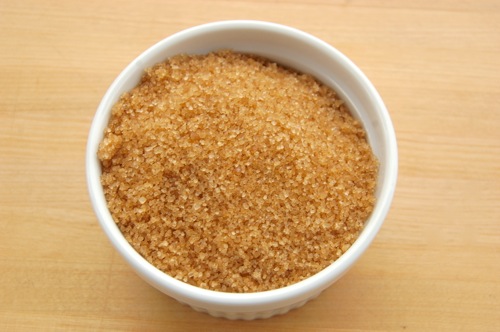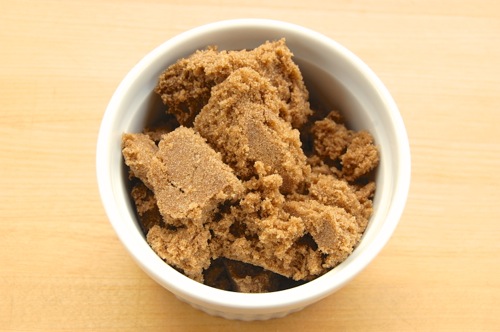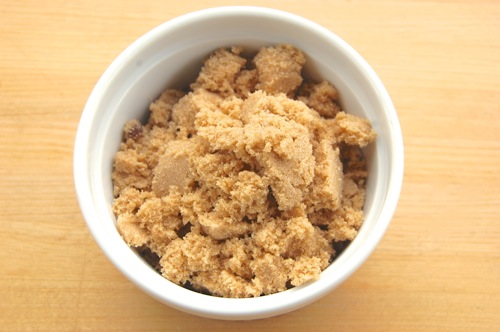Stevia

I left this out during sugar week, but a few readers out there asked if I’d mention it. I don’t really want to go down the slippery slope of non-sugar sweeteners since there are a lot of them. But stevia is extremely popular these days so…why not?
Stevia, as I mentioned, is not a sugar. It has nothing even sugar-like in it. It’s an extract from the sweetleaf plant that goes by the technical name of steviol glycoside. It’s incredible powerful stuff. The pure form clocks in at something like 300 times the sweetness of sugar, though packaged stevia is only about 50 times as sweet as an ingredient. Even so a mere teaspoon will replace an entire cup of sugar.
But to say a chemical compound is sweet doesn’t necessarily mean it performs like table sugar — especially in baking applications. Stevia is funny in that its sweet flavor comes on much slower than table sugar, so in that sense it’s not quite an equivalent. Then there’s the question of bulk. Sugar does a lot more than make, say, a muffin sweet. It acts as a moisture-retainer and its sheer weight provides a counterbalance to the leavening. So if you’re wanting to bake with stevia you need to take the various factors into account. Many people add apple sauce, yogurt or pulped fruit to compensate.
READ ON